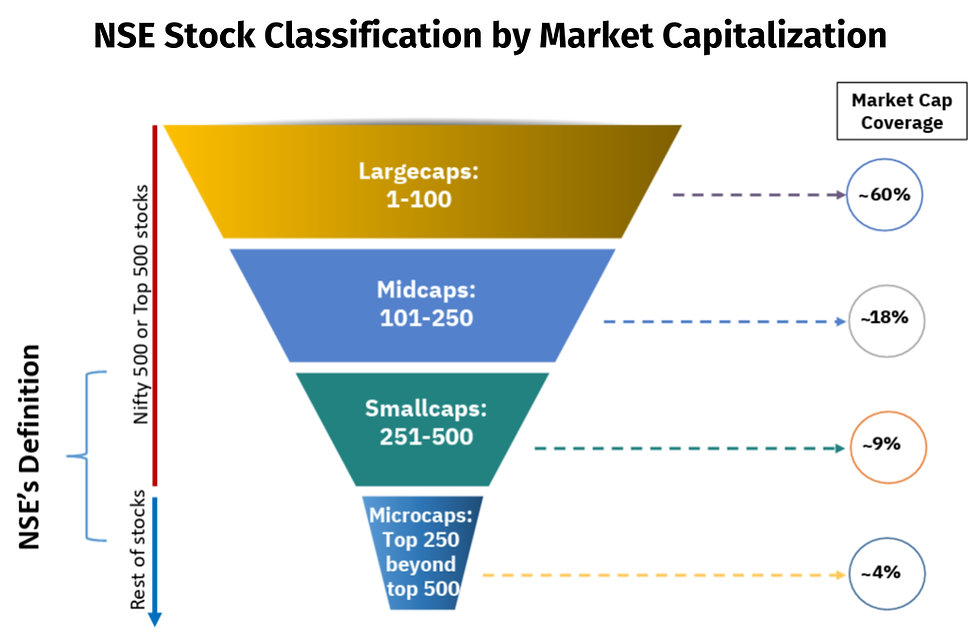Multi Asset Passive FoFs - I : The Pros And Cons
- Akshay Nayak
- Oct 17
- 2 min read
Multi asset passive fund of funds (FoFs) are the current topic of discussion amongst most investors. These are instruments that offer exposure to a variety of asset classes through passive funds. They are therefore touted as a one fund portfolio and a substitute for asset allocation. But is that the whole truth about such funds? Or is there more that investors must bear in mind before they add such funds to their portfolio? My next two posts will provide the answers. This week I will cover the general pros and cons of investing in such funds. I will then move on to explaining the working of such funds in detail next week.
The Case For Multi Asset Passive FoFs
The case for multi asset funds is pretty obvious. Every investor must necessarily hold a variety of asset classes to build a well balanced portfolio. Multi asset funds seemingly serve as a one product solution for this need. They negate the need to hold multiple funds across asset classes. They eliminate the need for rebalancing and any tax liabilities arising thereon for investors. The fact that such instruments offer exposure through passive funds keeps costs relatively low for investors.

Why There Is Scope For Skepticism
As with every other investment product multi asset passive FoFs have their own drawbacks. Most multi asset passive FoFs are comprised of ETFs from the same fund house. Instances of rebalancing are few and far between. Investors would have to bear the weighted average cost of the constituent ETFs plus the FoF itself. So while multi asset passive FoFs may carry lower costs relative to other categories. But they are still too high in light of the way the product is constructed.
Constitutent funds of a multi asset passive FoF may carry significant price-NAV deviations. This is especially true when the FoF is composed of one or more ETFs. This implies that the FoF is unable to closely track its benchmark. So the FoF may outperform or underperform the benchmark at a given point of time. Therefore a multi asset passive FoF may not really be passive in the true sense.
Most people who wish to invest in multi asset passive FoFs would already hold standalone equity and debt funds. So adding a multi asset passive FoF actually creates more clutter in the portfolio. It also makes portfolio management more complex. This defeats two widely advertised benefits of such funds (reduction of portfolio clutter and simplicity of portfolio management owing to such funds being a 'one product solution').
What Next?
Most of the points discussed above can be better understood by closely looking at the way such funds work. And this is what next week's post would focus on. I will take a closer look at a couple of multi asset passive FoFs and break down how they work. I will then conclude by offering my opinion on the relevance of multi asset passive FoFs to our portfolios.



Comments